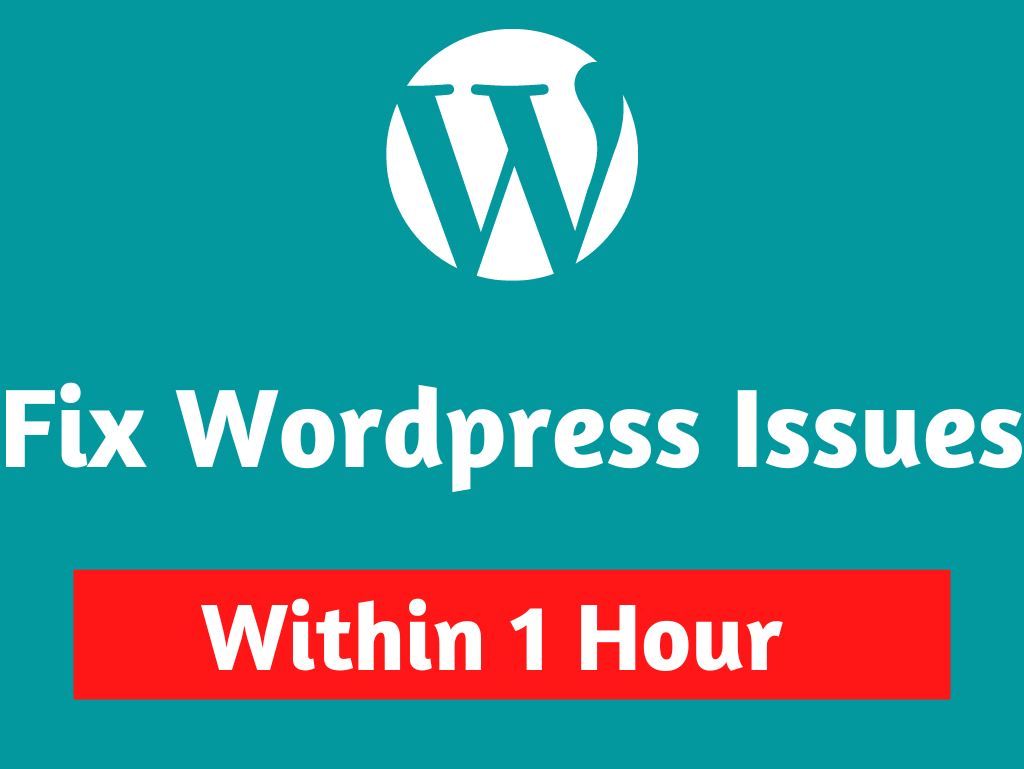
Introduction to WordPress Development
WordPress development is an exciting field that opens up countless opportunities to create websites ranging from simple blogs to complex e-commerce sites. Leveraging WordPress as a platform allows developers to build highly customizable, user-friendly, and scalable websites. But what exactly does WordPress development involve, and why is it one of the most popular choices for web development?
The Fundamentals of WordPress Development
Understanding the Basics: Themes, Plugins, and Core
WordPress is built on three main components: themes, plugins, and the core software. Themes control the site’s appearance, plugins add functionality, and the WordPress core is the foundation of the entire system. Mastering these elements is crucial for any WordPress developer.
Key Languages: PHP, HTML, CSS, and JavaScript
To work effectively with WordPress, it’s essential to know certain programming languages. PHP powers WordPress’s backend, HTML structures the content, CSS styles the design, and JavaScript enhances interactivity and user experience.
Types of WordPress Development
Front-End Development
Front-end developers focus on the user-facing aspects of a site, ensuring that it looks great and is easy to navigate. This includes working with themes, HTML, CSS, and JavaScript.
Back-End Development
Back-end developers work with the server side of WordPress, managing data, building custom plugins, and ensuring the site is secure and fast.
Full-Stack Development
A full-stack developer handles both front-end and back-end development, making them well-versed in all aspects of building and maintaining a WordPress site.
Setting Up a Development Environment
Choosing the Right Hosting
Hosting is a critical part of the development process. Choosing a hosting provider with robust security, scalability, and speed will support a smoother development experience.
Using Local Development Environments
Local environments, such as XAMPP or Local by Flywheel, allow developers to build and test WordPress sites on their computers before going live.
Essential Development Tools
Tools like version control (Git), code editors (like VS Code), and debugging tools are essential to streamline and improve the development workflow.
Designing a Custom WordPress Theme
Understanding Theme Structure
Themes control the design of WordPress sites. A custom theme can provide a unique look, and understanding the theme structure is the first step in creating one.
Creating Templates
Templates help to control how different pages look. By customizing template files, developers can build pages that stand out and meet the site’s specific needs.
Using Theme Frameworks
Theme frameworks like Genesis or Underscores offer a starting point, reducing development time and providing a solid foundation.
Creating and Customizing Plugins
When to Build a Custom Plugin
Custom plugins are ideal when a site requires unique functionality not available through existing plugins.
The Plugin Development Process
Building a plugin involves planning its features, writing the code, and testing thoroughly to ensure compatibility with WordPress core and other plugins.
Using Plugin Hooks and Filters
Hooks and filters allow developers to modify existing functionality without changing core files, making it easier to maintain custom features.
Working with WordPress APIs
Introduction to REST API
The REST API enables WordPress to communicate with other applications, allowing developers to build interactive and dynamic applications.
Using API for Integrations
APIs make it possible to integrate third-party services, such as social media, payment gateways, or CRM tools, enhancing the site’s capabilities.
Common API Use Cases in WordPress
APIs are often used in e-commerce, social media integrations, and user authentication processes, providing dynamic and seamless experiences.
Optimizing WordPress for Performance
Caching Solutions
Caching can dramatically improve site speed by storing static versions of your site’s pages, reducing load times for visitors.
Image Optimization
Images can slow down a site, so optimizing them through compression plugins or CDNs can improve speed without sacrificing quality.
Reducing JavaScript and CSS Load
By minifying and combining files, you can reduce the time it takes for a browser to load your website’s resources, leading to faster performance.
Ensuring WordPress Security
Implementing Security Best Practices
Basic security practices, like using strong passwords and enabling two-factor authentication, are essential to protect against attacks.
Using Security Plugins
Plugins like Wordfence and iThemes Security provide additional layers of protection by scanning for vulnerabilities and preventing unauthorized access.
Role-Based Access Control
Limiting access based on user roles helps prevent unauthorized modifications and enhances the security of the site.
WordPress SEO Optimization
Key SEO Plugins and Tools
SEO plugins like Yoast SEO or All in One SEO make it easier to optimize on-page elements for search engines, helping your site rank higher.
Optimizing Content for SEO
Creating high-quality, relevant content with optimized keywords and meta descriptions is key for driving organic traffic to your site.
Technical SEO Tips for WordPress
Technical SEO improvements, like adding XML sitemaps and optimizing site speed, can further enhance your visibility on search engines.
Developing Responsive and Mobile-Friendly Sites
Importance of Mobile Responsiveness
With a significant portion of web traffic coming from mobile, ensuring your site is responsive is essential for user experience and SEO.
Designing for Different Devices
Responsive design techniques make sure the site works well on desktops, tablets, and mobile devices alike.
Testing Responsiveness with Tools
Tools like Google’s Mobile-Friendly Test help you check your site’s performance across devices and make necessary adjustments.
Customizing WordPress with Child Themes
Benefits of Using Child Themes
Child themes allow you to modify your theme without affecting the original files, which helps keep updates manageable and prevents losing customizations.
Setting Up and Customizing Child Themes
Creating a child theme is as simple as creating a new folder and a style sheet, which you can then use to override the parent theme’s styles and functions.
Avoiding Common Pitfalls with Child Themes
Make sure your child theme is always updated alongside the parent theme to avoid compatibility issues.
Testing and Debugging WordPress Sites
Common Debugging Tools
Tools like Query Monitor and WP Debugging make it easy to track down issues, conflicts, and slow-loading scripts.
Testing for Cross-Browser Compatibility
Ensuring your site works smoothly on all major browsers (Chrome, Firefox, Safari, Edge) is essential for a consistent user experience.
Using Staging Sites for Testing
Staging sites allow you to test updates, new plugins, or themes without risking the live site’s functionality.


Add a Comment